Impact of international sporting , cultural and tourism events
Major sporting events such as the Olympic Games, Paralympics, World Cups or international exhibitions are highly anticipated by large audiences. The unique appeal, wide media coverage, and significant positive impacts on the lives of local communities are important factors for the host country to have a specific, sometimes bold, strategy and action plan.
These major international events are expected to generate two types of economic effects: short-term and long-term. The short-term benefits mainly come from spending by visitors and organizers during the planning and execution of the event.
The Bank of France estimates that the 2024 Paris Summer Olympics contributed 0.25% to GDP growth in the Île-de-France capital region in the third quarter of 2024. Air traffic at Paris airports exceeded 100 million passengers in 2024, for the first time since 2019.
A report on the economic impact of the 2006 FIFA World Cup in the Federal Republic of Germany published by the German Institute for Economic Research (DIW) on July 18, 2007 said: This international event of the "king sport" contributed to creating 34,000 more job opportunities for the people.
Socially, such international events have the potential to promote social cohesion, regardless of age, gender, class or culture. Many accompanying programmes have been implemented to promote inclusive values, support people with disabilities, disadvantaged youth and women. Germany’s road and rail infrastructure in the cities where the games are held has been significantly improved.
France has also planned early to develop infrastructure with a dual goal: serving the 2024 Olympics and converting its use for the long-term benefit of its people, avoiding overbuilding.
Building and promoting post-event “legacies”
In Portugal, the 1998 Lisbon Expo, with the theme “Oceans, Heritage for the Future”, was one of the first exhibition events organized with the aim of integrating the venue with urban planning policy.
The Expo 1998 Lisbon event contributed to repositioning the Portuguese capital on the international and European stage as a cosmopolitan, modern, competitive and attractive city.

Expo 1998 Portugal on its first day of opening received enthusiastic attention from many visitors. (Photo: LisboaSecreta)
Not only taking advantage of the increased connectivity of defunct port areas for spatial and economic development, the Lisbon government also renovated the waterfront, responding to a strong social demand for the restoration of the waterfront area for community purposes.
The 340-hectare waterfront industrial area east of Lisbon has been transformed into an urban space. Other positive changes include reduced pollution levels, improved sanitation, and new public facilities such as museums, theaters, and shopping centers.
After Expo 1998 Lisbon, the Portuguese government converted the buildings used for Expo 1998 Lisbon into cultural and artistic spaces to improve the cultural and spiritual life of the people.
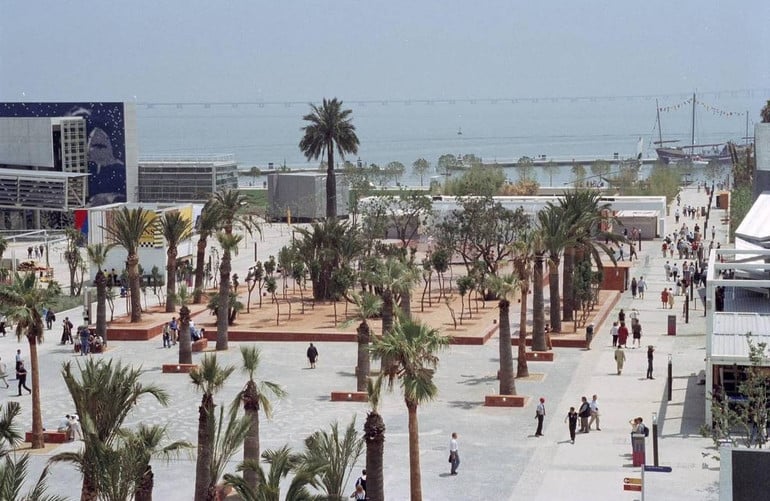
The green spaces within the Expo 1998 exhibition center were later repurposed for community activities. (Photo: LisboaSecreta)
The success of the preparation, implementation and promotion of the heritage value after the Expo 1998 event has become a "model" for urban regeneration projects and initiatives in the following years.
In order to replicate this success, the Portuguese Ministry of Environment and Spatial Planning established the Polis Program in 2000 to transfer experience to urban planning institutions nationwide.
In the Federal Republic of Germany, the 2006 World Cup created a boom in the construction of completely new stadiums and extensive renovation of existing facilities, not limited to the 12 host cities but spreading to many other localities nationwide.
According to an article by German sociologist and professor Albrecht Sonntag published on the digital magazine platform PREO on November 17, 2022, the average number of spectators per match in German football leagues increased dramatically by 42% from 2000-2018, equivalent to from 31,182 to 44,511 people, with stadium occupancy rates always above 90%.
The road and rail networks around the host cities had already been planned and funded by the German government. But the 2006 World Cup also acted as a “catalyst” to speed up the implementation of the plans.
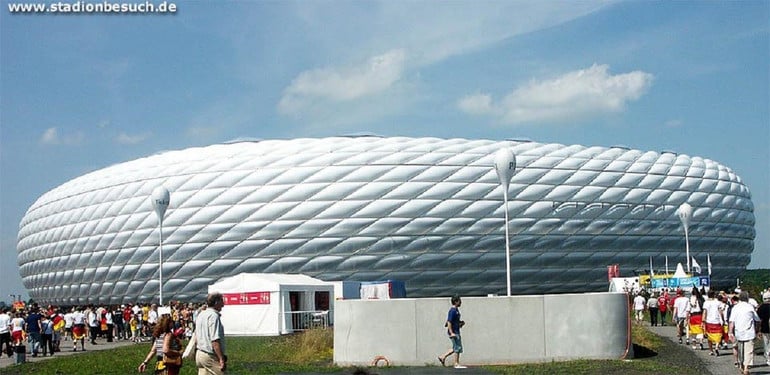
The Munich Stadium, located in the Munich Olympic Park, has a capacity of up to 70,000 for international matches. (Photo: StadiumDB)
The 2006 World Cup was dubbed the “summer fairy tale” (Sommermärchen) when it aroused in the people a spirit of patriotism and solidarity.
This international football event also contributes to changing global public perception of Germany, helping to correct outdated stereotypes and presenting an image of Germany as open, generous and fun.
Professor Albrecht Sonntag's article on the PREO platform also cites a study showing that Germany rose from sixth to first place in the Nation Brands Index in 2006.
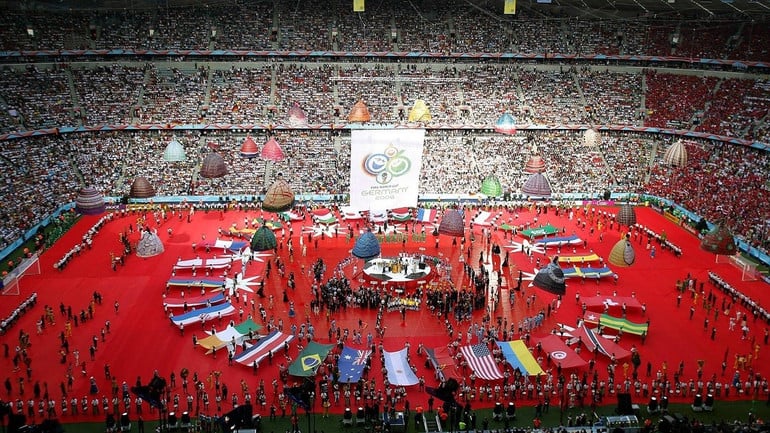
World Cup 2006 opening ceremony. (Photo: Eurosport)
One of the most lasting innovations of the 2006 World Cup was the creation of public fan spaces, which allowed millions of people who could not attend the games in person to still take part in the festivities, with giant screens and volunteers manning them. These public spaces became unique attractions, fostering social interaction and a sense of community.
The UK is one of the countries that has long benefited from “international event legacies”.
The London 2012 Olympic Stadium was originally built for the 2012 Summer Olympics. Since 2016, its official name has been changed to London Stadium, and it is the home of West Ham United football club, and is also used for world athletics championships, rugby matches, concerts, etc.
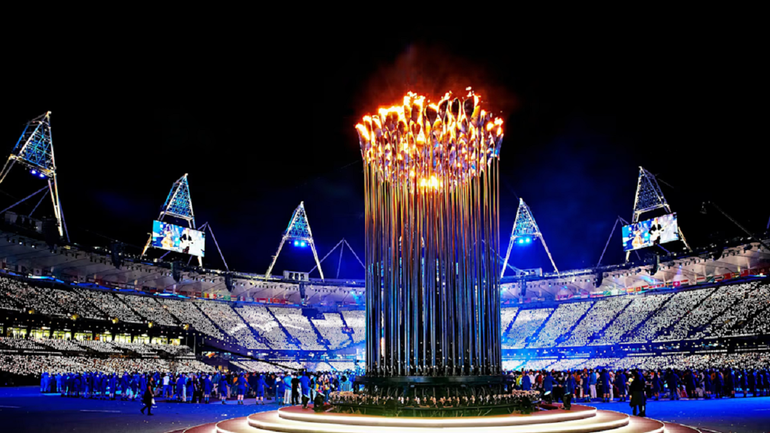
The Olympic torch during the closing ceremony of the 2012 London Olympics. (Photo: IOC)
The aquatics centre has reopened with a slightly reduced capacity, serving schools, local clubs, the public and athletes during training.
Sports centres such as Copper Box, Eton Manor and Lee Valley have become high-level training and competition venues and multi-purpose sports centres for the community, contributing to encouraging physical education and sports movements in many localities.
The UK also launched a large-scale project aiming to invest £1 billion over the five years after the Games and create 6,000 new community sports clubs.
A prime example is the £135m “Places People Play” initiative to transform sports venues, with a £20m investment in 377 community sports projects across the country.
At that time, the “Get Set” education programme promoted the Olympic spirit in schools, with values of friendship and mutual respect and understanding, recording the participation of nearly 85% of schools in the UK.
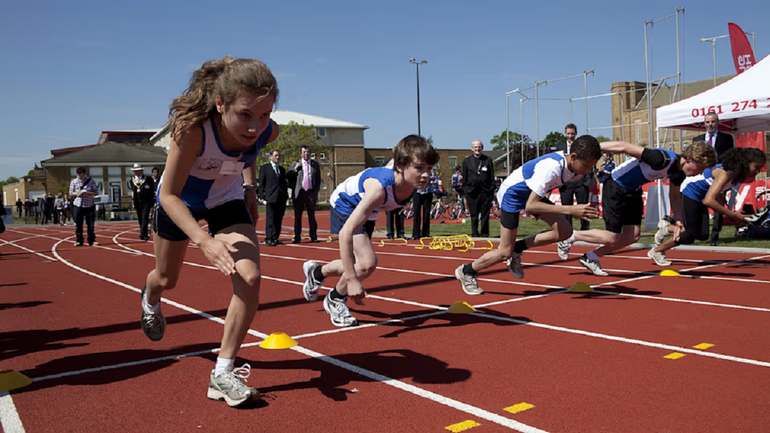
Children participate in activities of the "Get set" program. (Photo: IOC)
The largest arts and cultural programme in British history lasted 12 weeks, with more than 25,000 artists from 204 countries performing 13,000 performances in 1,200 venues, attracting 19.8 million spectators.
In addition to 250,000 candidates for 70,000 Olympic volunteer positions, the London 2012 Olympics also promoted social inclusion by providing sustainable employment opportunities for more than 30,000 unemployed people in the capital London.
The success of the UK’s sustainable development and construction at the 2012 Olympics was the transformation of a wasteland industrial area into the largest urban park in Europe, covering 100 hectares. This park is now home to many species of wildlife with diverse ecosystems and terrain.
The London 2012 Olympics also pioneered the development of a carbon footprint measurement method for major events, which was adopted at the next edition of Rio 2016 and finalized by the International Olympic Committee (IOC) as a standardized measurement tool in 2019.
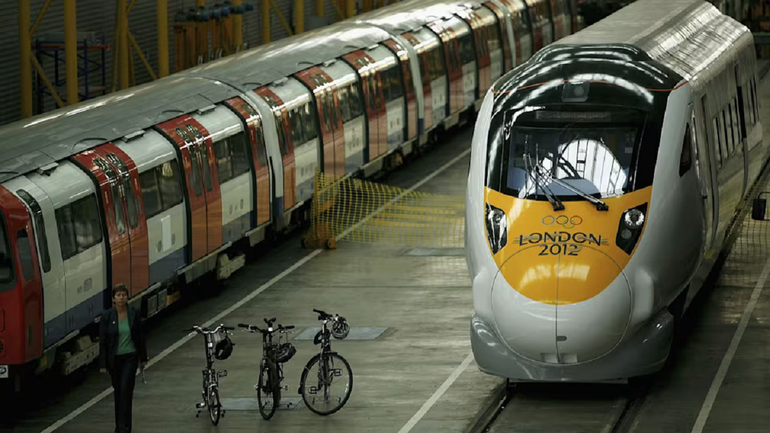
The London 2012 Olympics transport plan encourages visitors and sports fans to travel by public transport, walking or cycling. (Photo: IOC)
The Olympic Village was later converted into a residential area with 2,800 new apartments, contributing to solving the housing demand. The transportation system in the area was also significantly upgraded with 10 new railway lines and 30 new bridges continuing to serve the residents after the Games.
In addition, more than 60 green transport projects were launched, including £10 million invested in cycle lanes and pedestrian crossings. A fleet of 200 electric cars and 120 charging stations were deployed, which was considered the largest charging network in the UK at the time.
The report titled “The Legacy of the Games” published by the International Olympic Committee (IOC) in 2013 cited a study by Oxford Economics, which showed that the Olympics could bring £16.5 billion to the UK economy in the period 2015-2017.
And indeed, the experience from London 2012 also helped British companies win more than 60 contracts at the Sochi 2014 Winter Olympics and the 2018 World Cup.
Sustainability is also evident in the 110,000 new jobs created around Queen Elizabeth Park in 2017, with a further 40,000 expected by 2025.
In addition, the buzz from the London 2012 Olympics helped attract an additional 4 million tourists in 2015, creating 14,000 jobs in the tourism industry and boosting international visitor spending by £2.7 billion in the three years following the games.
In the French Republic, the Summary Report published by the government of the capital region Île-de-France in 2024 clearly stated: The 2024 Paris Olympic Games were a "historic event" of great success with 11.2 million visitors and nearly 5 billion viewers worldwide.
In it, Ms. Marie Barsacq, Minister in charge of sports, youth and associational activities, affirmed that France has “fulfilled the promises made during the candidacy period” with key goals including promoting mass sports, improving infrastructure, creating jobs and increasing inclusive access for all.
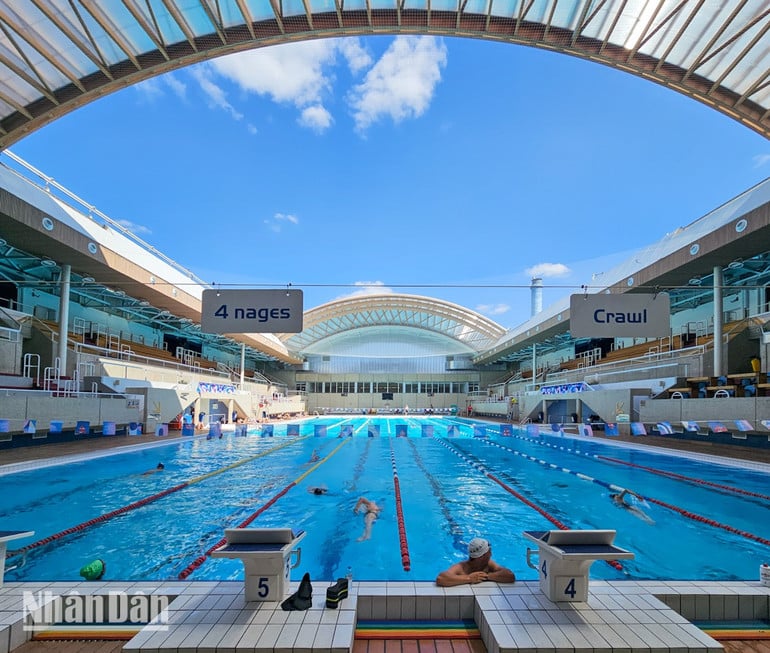
After the 2024 Olympic and Paralympic events, standard swimming pools will become swimming classes for students at schools in each area. (Photo: MINH DUY)
Large-scale and systematic investments in sports and urban infrastructure have been made, with a total budget of more than 50 million euros in the capital region alone. The Seine-Saint-Denis department on the outskirts of Paris, where most of the games will take place, has benefited significantly from these national programmes.
After the event, the Olympic Aquatics Center in Seine-Saint-Denis provided up to 2,100 swimming lessons a year to local schoolchildren. The Olympic and Paralympic pools were also dismantled and re-installed in the two cities of Sevran and Bagnolet in the northeastern suburbs of Paris, continuing to serve the public.
Many other sports equipment are also being reused effectively, such as sand from the beach volleyball court at the foot of the Eiffel Tower or skateboard modules being transported to the two cities of Marville and Noisy-le-Sec to maintain their local use.
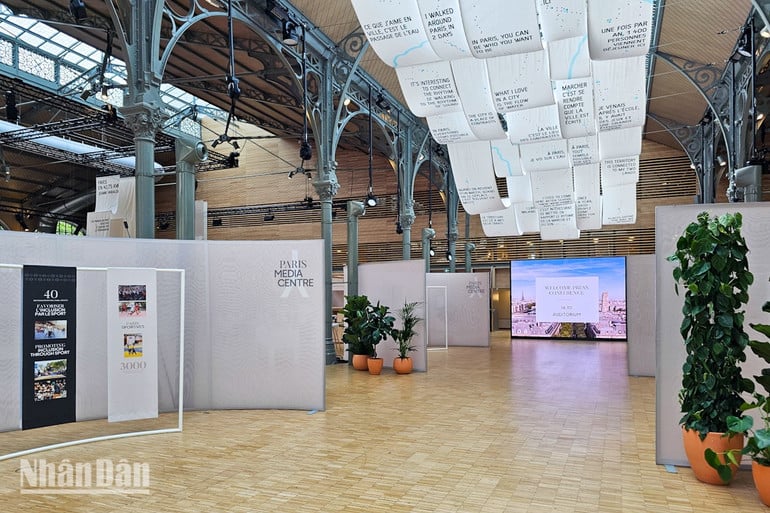
The Paris 2024 Olympic Media Village has been transformed into a mixed-use urban area of 1,300 apartments, contributing to a total of 4,100 new apartments in the Seine-Saint-Denis region. (Photo: KHAI HOAN)
The conversion of the Athletes' Village and Media Village into residential areas has created 4,100 new apartments in Seine-Saint-Denis, with a design that integrates living space, shops, offices and public amenities.
The project to clean up the Seine and Marne rivers with a total investment of 1.1 billion euros has helped the water quality meet international standards, opening 3 natural swimming areas for people in Paris since the summer of 2025.
Eight projects aimed at improving accessibility to local sports facilities have been funded with more than €371,000, including the purchase of special vehicles, bicycles and all-terrain wheelchairs for people with disabilities, equipment for water sports for people with disabilities and the installation of outdoor sports floors for wheelchair volleyball.
It can be said that the Paris 2024 Olympics have created a new momentum for disabled sports. The French Adaptive Sports Federation also recorded the biggest growth with nearly 35% new members.
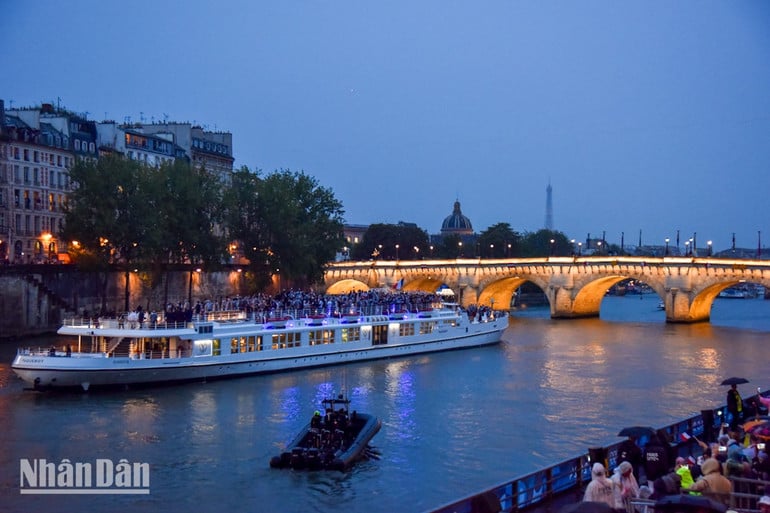
The opening ceremony of the 2024 Paris Olympic Games took place on the poetic Seine River. (Photo: MINH DUY)
Public transport has also been significantly improved with projects such as the extension of the Paris metro and inter-regional tram lines and five new pedestrian and bicycle bridges in Seine-Saint-Denis.
120km of new cycling lanes were built, bringing the total network of this green mode of transport to 400km, contributing to changing the face of sustainable urban transport.
More than 30,000 unemployed people were employed during the Paris Olympics, and by the end of 2024, 96.5% of them continued to maintain their jobs.
Tourist attractions, exhibitions and museums recorded record visitor numbers and hotel stays, reflecting a positive effect on tourism and culture. The Petit Palais in Paris alone recorded a historic record of 1.5 million visitors and the Pompidou Complex saw a 22% increase, equivalent to 3.2 million visitors.
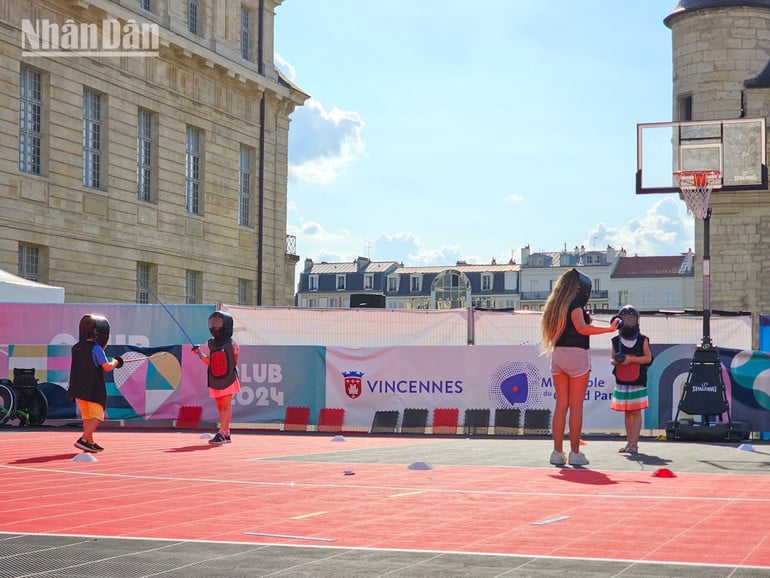
Every citizen, regardless of age, profession or interest, can experience sporting activities at fan zones set up in every city across France. (Photo: MINH DUY)
After the 2024 Paris Olympics, the Olympic "torch" in the shape of a unique hot air balloon will continue to exist at the Tuileries garden in the heart of the capital, showing the pride and desire of the people of Paris as well as the whole country in preserving the symbols of the Olympics.
To date, the French Government is still striving to maintain the Paris 2024 follow-up policy, preparing more carefully and effectively for the 2030 Olympic and Paralympic Winter Games in the Alps.
Experience in promoting the value of "international event heritage"
According to Mr. Pierre Rabadan, Deputy Mayor of Paris in charge of sports and the 2024 Olympics, international sports, cultural and tourism events are not just short-term "performances and scoring points", but need to be placed in a "long-term" plan for many years of sustainable development afterwards.
In urban planning, international sporting or cultural events are an opportunity to prioritize investment and development in areas with weak infrastructure, as venues for events. Then, the people here can enjoy.
Event facilities such as stadiums, public spaces, exhibition areas, parking lots, etc. can be renovated from existing locations, or newly built based on pre-calculated reuse options to serve the people, avoiding abandonment and budget waste.
The key here is to maintain the pace and build on the long-term value of international events. Without a sustainable post-event strategy, structures will quickly deteriorate, commitments will be forgotten, and community excitement will fade.
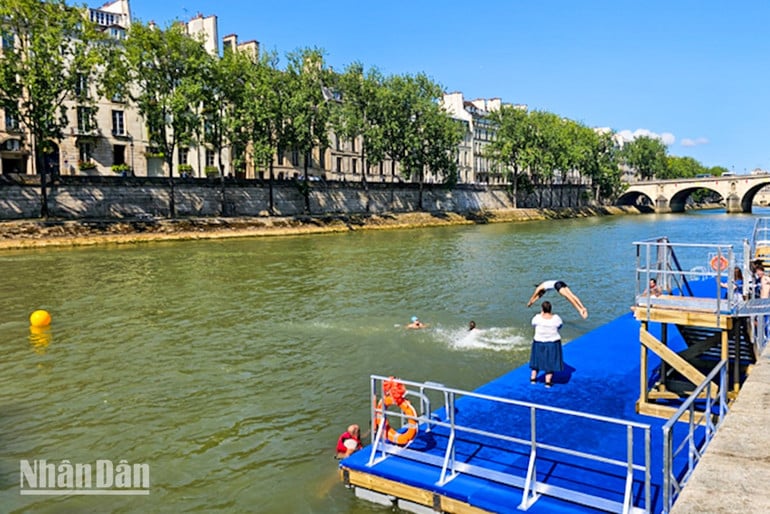
The Seine and Marne rivers in France will be open for safe swimming from the summer of 2025, with three swimming sites in the heart of Paris and several others along the Marne in the suburbs. (Photo: KHAI HOAN)
Each regional and international event often attracts the attention of a large audience from many countries around the world, whether directly or through mass media. Therefore, the host country needs to invest thoroughly in an international communication strategy when organizing events, integrating the promotion of culture, cuisine, destinations and national products to the world.
Focusing on building a team of experts, connecting with international organizations and associations, and creating a professional event supply chain also contributes to enhancing the reputation of the host country in hosting subsequent events in many fields.
Source: https://bvhttdl.gov.vn/phat-huy-di-san-su-kien-quoc-te-o-chau-au-20250801093635853.htm


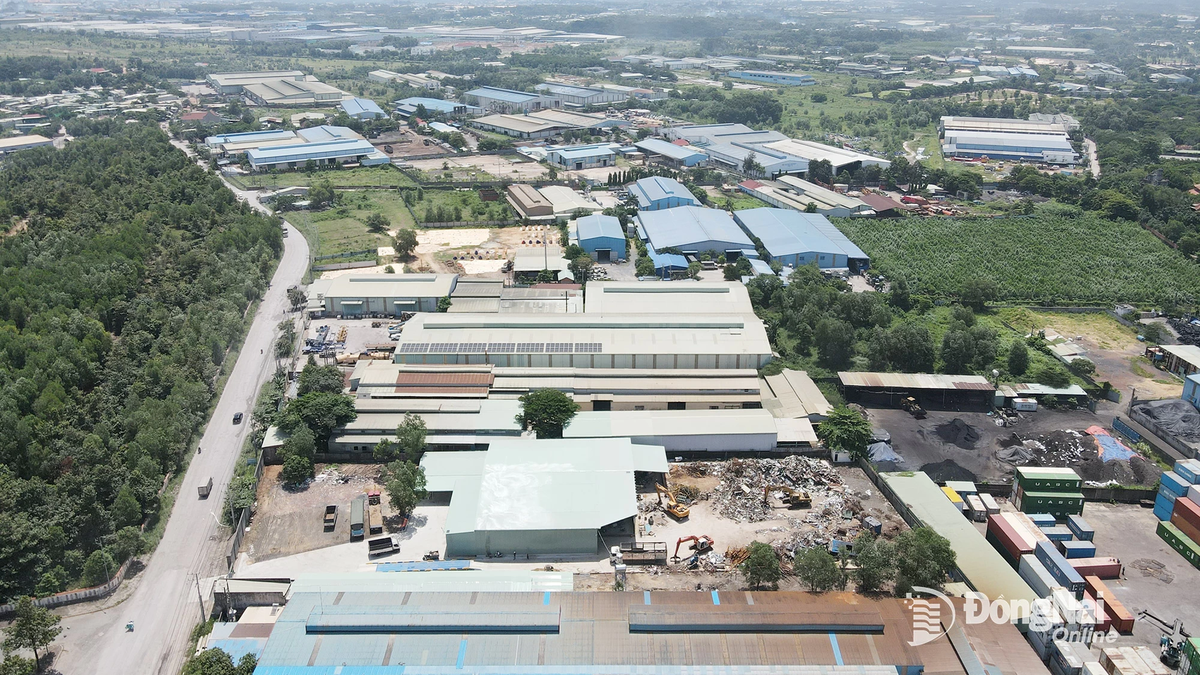



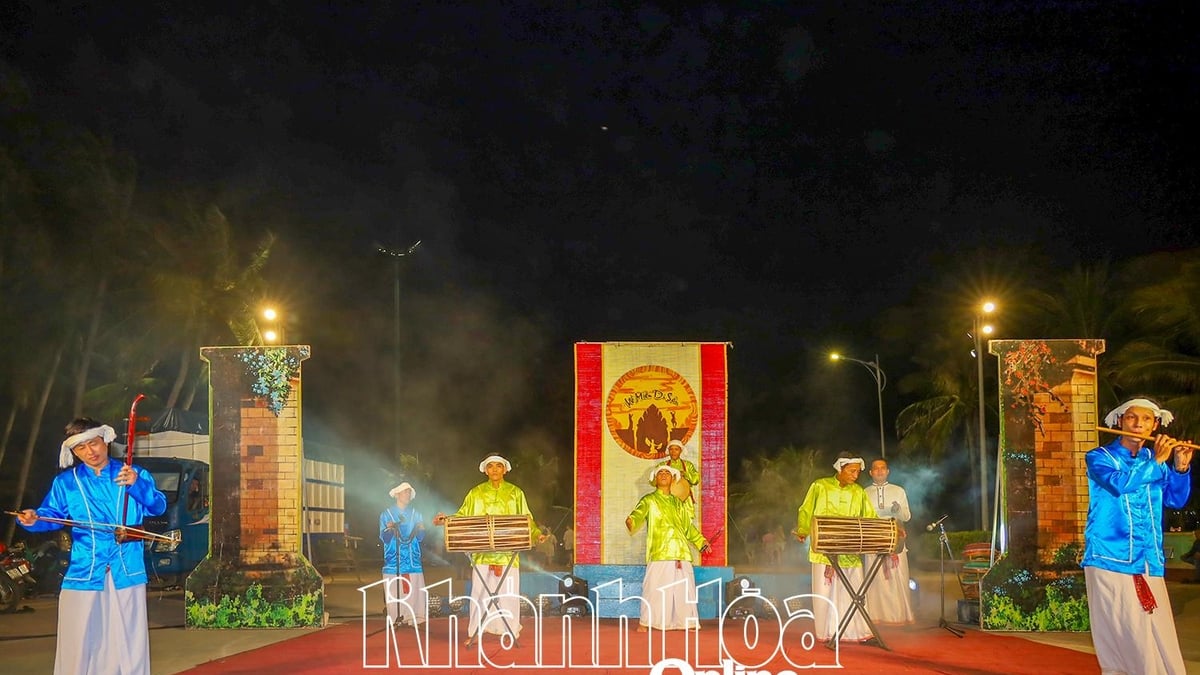
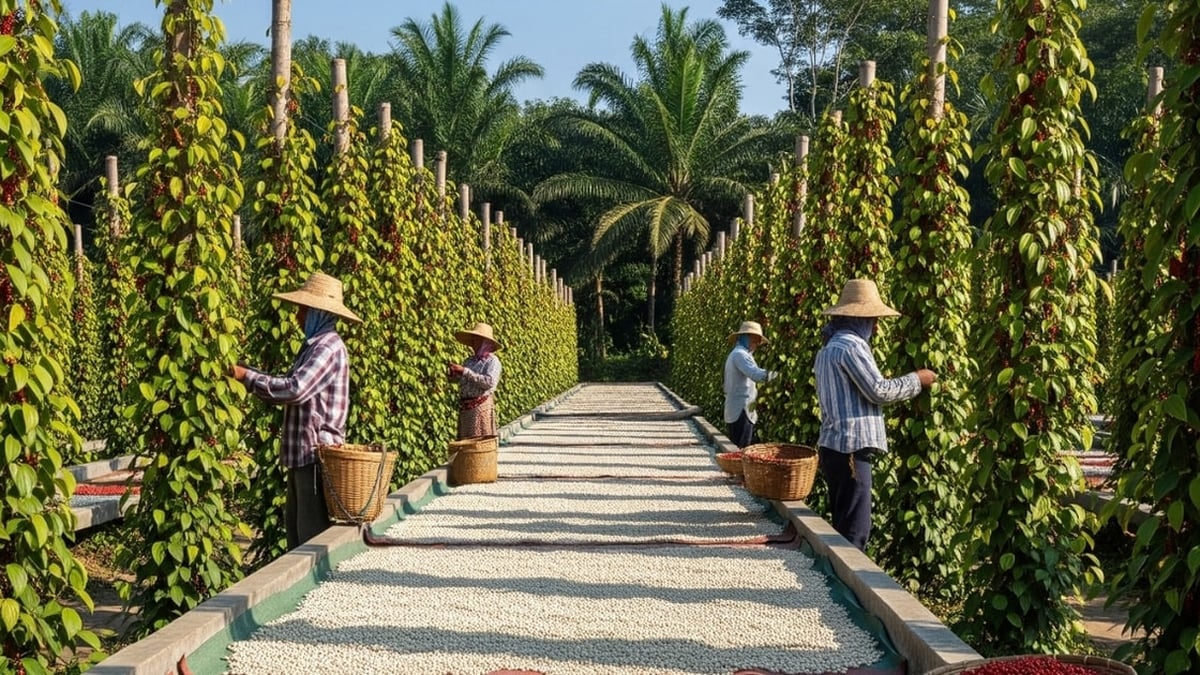

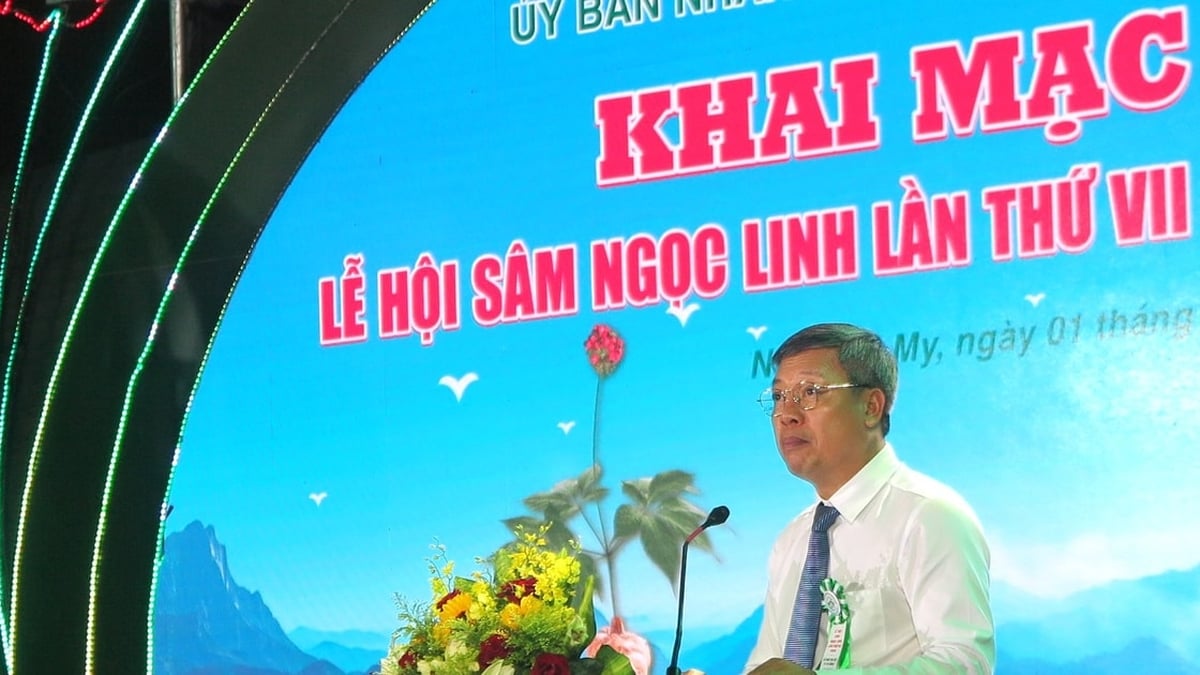

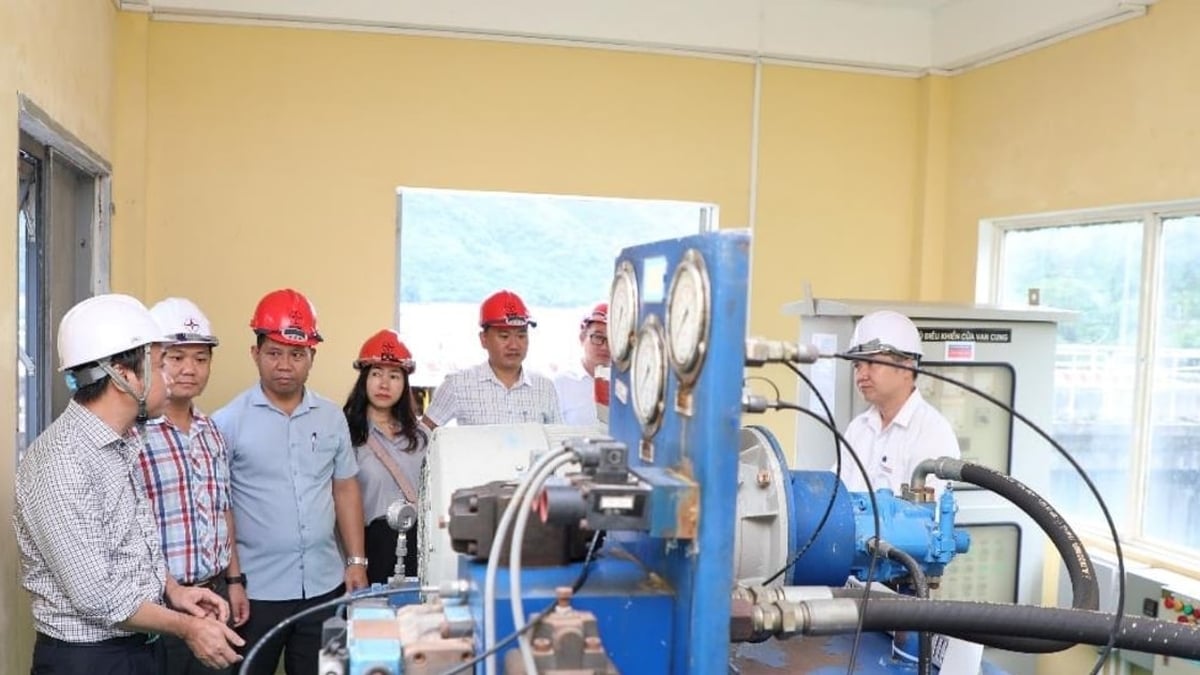





















































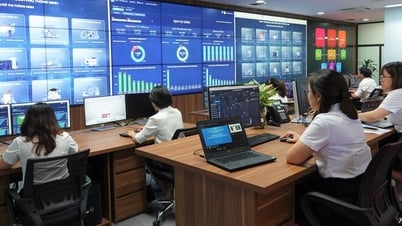
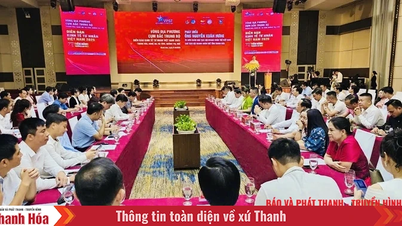

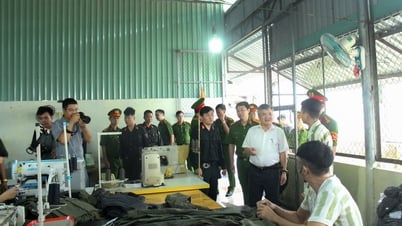


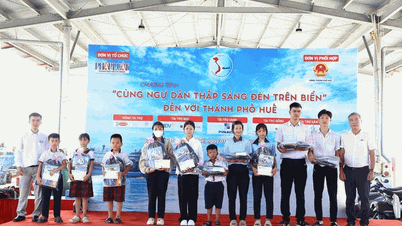





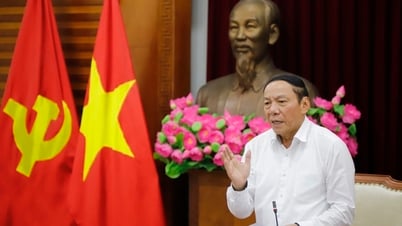
























Comment (0)